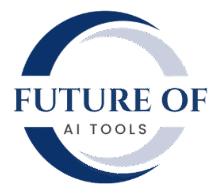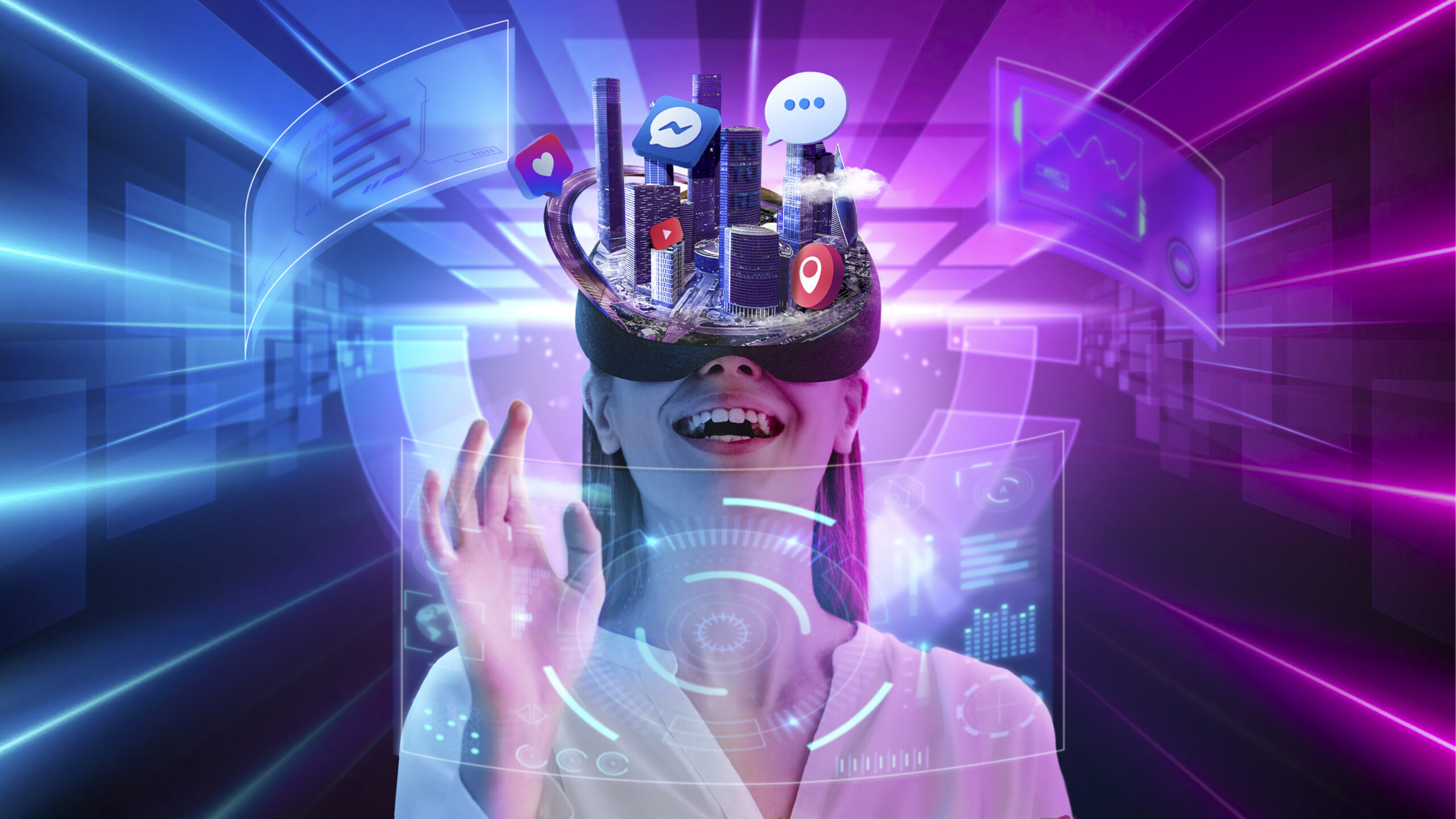Artificial Intelligence in 2025 is evolving faster than ever, becoming more accessible, powerful, and integrated into daily work and business operations. Whether you’re a content creator, developer, researcher, or business owner, the right Best AI Tools 2025 can dramatically boost productivity and creativity. This article highlights the Best AI Tools 2025 and the major trends shaping the future of intelligent technology.
Best AI Tools 2025: Top Picks by Category
1. ChatGPT (GPT-4o) – OpenAI
- Functionality: An advanced AI chatbot that can analyze and interact with users through text, visuals, and voice inputs.
- Strengths: Natural conversations, advanced reasoning, coding assistance, document analysis, and math support.
- Best For: Writers, developers, educators, and support teams.OpenAI founding year: 2015
- Founders:
- Elon Musk
- Sam Altman
- Greg Brockman
- Ilya Sutskever
- Wojciech Zaremba
- John Schulman
- First public release of ChatGPT: November 2022 (based on GPT-3.5)
- Later versions: GPT-4 (March 2023) and GPT-4o (May 2024), which is faster and multimodal (understands text, images, and audio).
- Purpose of ChatGPT
- The main goals behind creating ChatGPT were:
- To make AI accessible and useful for everyone.
- To support education and learning for students and professionals.
- To increase productivity in writing, coding, translation, research, and more.
- To build safe and responsible AI that follows ethical standards.Why it started: To make AI helpful, safe, and accessible.
- Why it’s the best: Because it works like an all-in-one assistant—fast, smart, and easy to use.
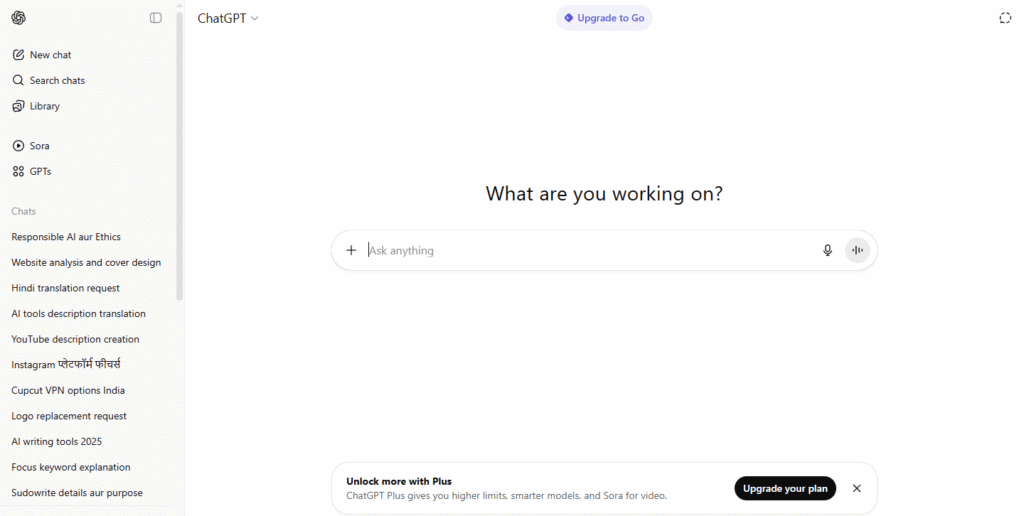
2. Claude 4 (Anthropic)
- Features: Handles large context windows (up to 200,000 tokens), strong analytical capabilities.
- Best For: Legal research, business analysis, long-form writing.
- Edge: Known for accuracy and reasoning over longer tasks.Anthropic was founded in 2021 by former OpenAI employees, including Dario Amodei and Daniela Amodei.
- The first Claude model was released in March 2023.
- Claude 4 is one of the most recent updates, released in 2025, focusing on better reasoning, accuracy, and longer memory.
- The name “Claude” was chosen as a friendly, approachable identity for the AI.
- Purpose of Claude
- Anthropic built Claude with the vision of creating AI that is:
- Helpful – assists users in practical tasks.
- Honest – avoids misleading or false information.
- Harmless – minimizes risks of harmful or biased outputs.
- This philosophy is called Constitutional AI, where the model is guided by ethical principles written into its training process.
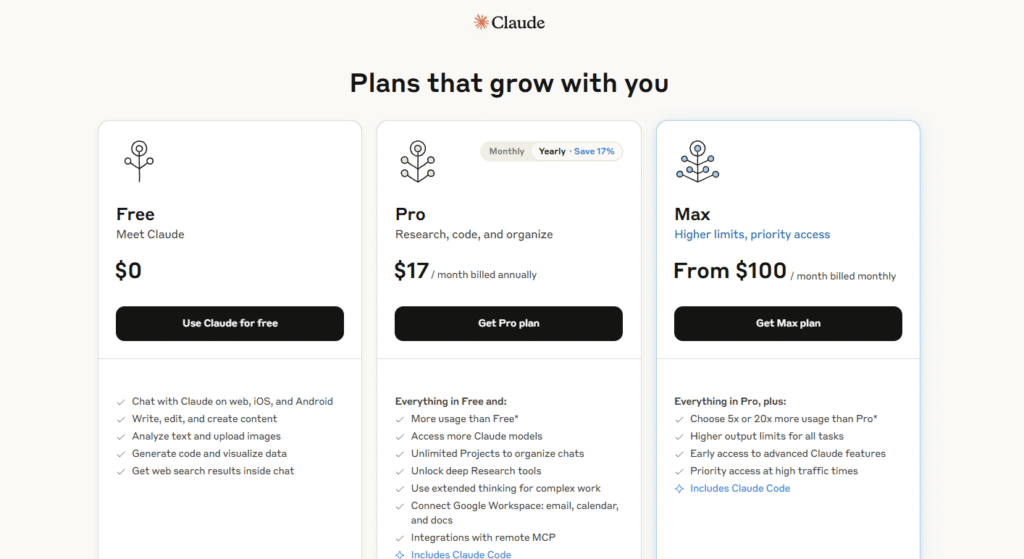
3. Google Gemini 2.5
- Features: Deep-thinking mode, integrated with Google Workspace, supports voice, image, and video inputs.
- Special Note: Gemini has expanded into India with localized language support and privacy compliance.
- Best For: Enterprise teams, developers, knowledge workers.Gemini 2.5 is offered in three variants:
- 2.5 Pro – The most powerful version, excelling at advanced reasoning, coding, and multimodal capabilities (text, images, audio, video, and code).Cinco DíasGoogle CloudGoogle DeepMindThe Verge
- 2.5 Flash – Optimized for speed and everyday tasks, balancing agility with capability.Google DeepMindblog.googleWikipedia
- 2.5 Flash-Lite – The newest addition, offering high speed and cost-efficiency, ideal for high-volume, latency-sensitive tasks like translation and classification.blog.googleWikipedia
- These models are generally available as of June 17, 2025, accessible via the Gemini app, Google AI Studio, and Vertex AI
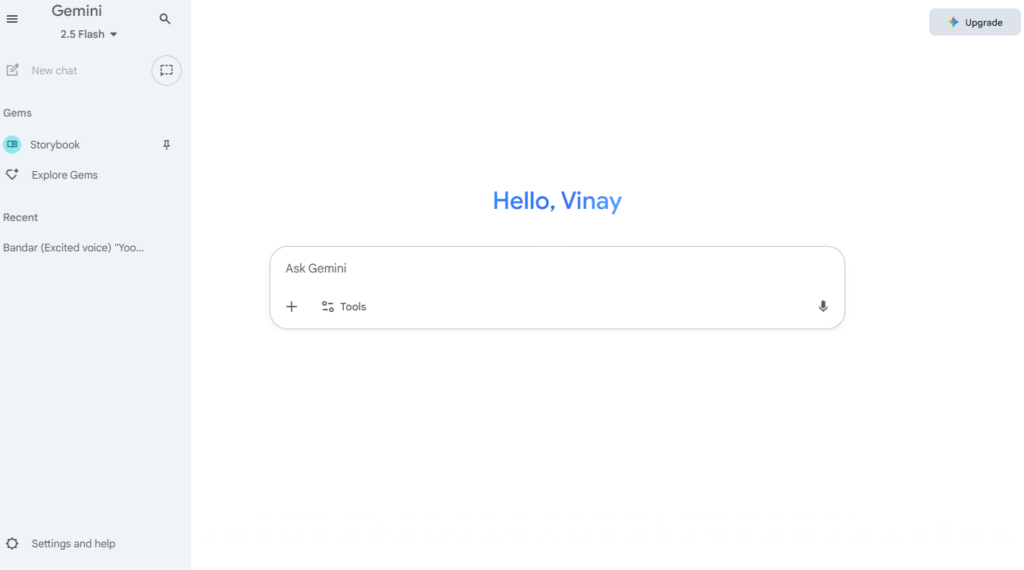
4. Mistral AI (DevStral)
- Unique Point: Open-source models optimized for performance and efficiency.
- Ideal For: Startups and tech teams seeking affordable, efficient AI solutions.
5. Perplexity AI
- Type: AI-powered research assistant and search engine.
- Highlights: Cites reliable sources, integrates with multiple LLMs like GPT-4, Claude, and Gemini.
- Best For: Students, journalists, academic researchers.
6. Canva Magic Studio
- Function: AI design tools for creating social media posts, presentations, and marketing materials.
- Tools Included: Magic Write, Magic Edit, AI Background Remover.
- Who Uses It: Marketers, small businesses, educators.
7. Adobe Firefly
- Purpose: AI-enhanced design for creating visual content inside Adobe apps.
- Notable Features: Generative fill, style transfer, and vector art generation.
- Users: Professional designers, content teams.
8. HeyGen / Synthesia
- Function: Create AI-generated videos with avatars and voiceovers.
- Use Cases: Corporate training, explainer videos, internal communications.
- Advantage: No need for filming or actors.
9. Google Veo (DeepMind)
- Use: Text-to-video generation with motion and audio synthesis.
- Who It’s For: YouTubers, short-film creators, media agencies.
10. Cursor + Bugbot
- What It Does: Debugs and validates AI-generated code inside your editor.
- Why It Matters: Ensures code from tools like Copilot or ChatGPT is safe and efficient.
- Great For: Developers, QA teams, and software startups.
AI Trends in 2025
The Best AI Tools 2025 reflect emerging patterns that are changing how professionals use technology:
- Multimodal AI Becomes Standard
Tools like GPT-4o, Gemini 2.5, and Claude 4 lead in blending text, image, voice, and video processing—making interactions seamless and versatile. - Rise of Autonomous Agents and AI Browsers
Tools such as Perplexity Comet and AWS AgentCore now perform complex actions independently, reducing manual input. - Cost-Efficient, Open Source AI
Mistral AI shows how the Best AI Tools 2025 can combine strong performance with budget-friendly options. - Creativity Tools Powered by AI
Canva, Firefly, Veo, and Synthesia help users create studio-quality content in minutes without professional training. - Focus on AI Code Safety
With coding assistance now widespread, tools such as Bugbot are essential for checking and refining AI-written code. - Localization & AI Expansion in India and Emerging Markets
Gemini’s support for regional languages is a milestone in making the Best AI Tools 2025 accessible to new user groups. - Enterprise AI Governance and Control
Enterprise-grade platforms like AWS Bedrock AgentCore offer compliance, monitoring, and data security features.
AI Tool
Launch / Announcement
Founder / Company
Free / Paid
ChatGPT (GPT-4o)
May 2024
OpenAI (Sam Altman, Greg Brockman, Ilya Sutskever)
Free + Paid (Plus Plan)
Claude 4
May 22, 2025
Anthropic (Dario & Daniela Amodei, et al.)
Mostly Paid (Enterprise)
Mistral AI (DevStral)
May 21, 2025 (DevStral)
Mistral founded Apr 28, 2023
Arthur Mensch, Guillaume Lample, Timothée Lacroix
Open-Source (Free)
Perplexity AI
Dec 7, 2022 (founded Aug 2022)
Aravind Srinivas, Denis Yarats, Johnny Ho, Andy Konwinski
Free + Paid Pro/Max Plans
Canva Magic Studio
Oct 2023
Canva (Melanie Perkins, Cliff Obrecht, Cameron Adams)
Free Basic + Paid Pro
Adobe Firefly
Sept 2022 (Beta Mar 2023)
Adobe (Shantanu Narayen – CEO)
Paid (Creative Cloud)
HeyGen
Sept 2022 (founded 2020)
Joshua Xu, Wayne Liang
Freemium (Paid Premium)
Synthesia
2018 (founded 2017)
Lourdes Agapito, Matthias Niessner, Victor Riparbelli, Steffen Tjerrild
Paid (Enterprise)
Google Veo (DeepMind)
Veo – May 2024
Veo 2 – Dec 2024
Veo 3 – May 2025
Google DeepMind
Limited Access / Paid
Cursor + Bugbot
Cursor launched 2023
v1.0 – June 4, 2025
Anysphere (Michael Truell, Sualeh Asif, Arvid Lunnemark, Aman Sanger)
Paid (Proprietary
Recommended Tools by Use Case
| Use Case | Recommended AI Tools |
| Content & Marketing | ChatGPT, Canva, Adobe Firefly, HeyGen, Veo |
| Software Development | Claude 4, Mistral, Cursor + Bugbot |
| Academic Research | Perplexity AI, Claude, Gemini |
| Enterprise & Teams | Gemini, Claude, AWS Bedrock AgentCore |
| Video Production | Synthesia, Veo, Firefly |
Conclusion: Embracing the Best AI Tools 2025
Artificial Intelligence in 2025 is more powerful, intuitive, and integrated than ever. It’s no longer just about getting answers—AI is changing how we work, build, and solve real-world problems.
The Best AI Tools 2025 aren’t just impressive—they’re practical, accessible, and designed to meet real-world demands. Whether you’re generating videos, designing content, writing code, or conducting in-depth research, these tools are now central to modern workflows.
Key takeaways:
- Multimodal AI is now expected, not optional.
- Open-source and budget-friendly tools are rising.
- AI-generated content and code are becoming more reliable.
- Enterprise controls and compliance are catching up fast.
- Localization efforts are driving global adoption.
The Best AI Tools 2025 are here to stay—and they’re changing everything.
Let me know if you’d like this formatted for blog publishing (with headings, HTML tags, or internal links)
